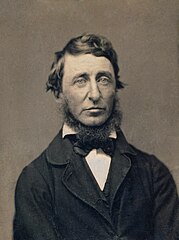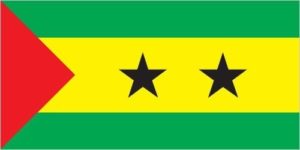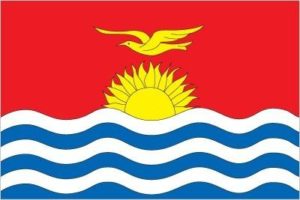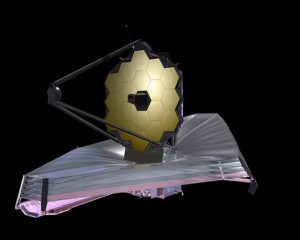Joan Bauer (born River Forest, Illinois, 1951) writes books for children. Her book Hope Was Here received a 2001 Newbery Honor Award. Her other works include Close to Famous. Children can visit her website at: Joan Bauer.
George Eastman (born Waterville, New York, 1854; died Rochester, New York, March 14, 1932) founded Eastman Kodak. He invented the Kodak camera in 1888. The flexible film allowed anyone to take pictures. Children could learn about Eastman at: George Eastman. Children could find out how a camera works by visiting: Camera.
Buckminster Fuller (born Milton, Massachusetts, 1895; died Los Angeles, California, July 1, 1983) was an architect and an educator. He held more than 2,000 patents, and he wrote more than 25 books. One of his most well-known ideas is the geodesic dome. Older children can learn more at: Buckminster Fuller.
Julius Caesar (born 102 B.C.; died March 15, 44 B.C.) was a Roman dictator. He conquered other territories. He is famous for the saying Veni, vidi, vici (I came, I saw, I conquered). He was assassinated by a group of aristocrats on the Ides of March. Children could learn more at: Julius Caesar.

Henry David Thoreau
Henry David Thoreau (born Concord, Massachusetts, 1817; died Concord, Massachusetts, May 6, 1862) was a writer and philosopher. His Civil Disobedience influenced Gandhi and Martin Luther King, Jr. Children can read many of his works at: Project Gutenberg.
Andrew Wyeth (born Chadds Ford, Pennsylvania, 1917; died Chadds Ford, Pennsylvania, January 16, 2009) was an artist. His paintings often show isolated objects. His father, N. C. Wyeth, was a noted illustrator, and his son Jamie is also an artist. Idea: Wyeth often worked in egg tempera. Children could try the medium and compare it to watercolors. Children can view some of his works at: Andrew Wyeth.
Herbert S. Zim (born New York, New York, 1909; died Plantation Key, Florida, December 5, 1994) wrote more than 100 scientific books and is most known for his Golden Guides series. His books include Rocks and Minerals and Codes and Secret Writing. Children could learn more at: Herbert Zim.



